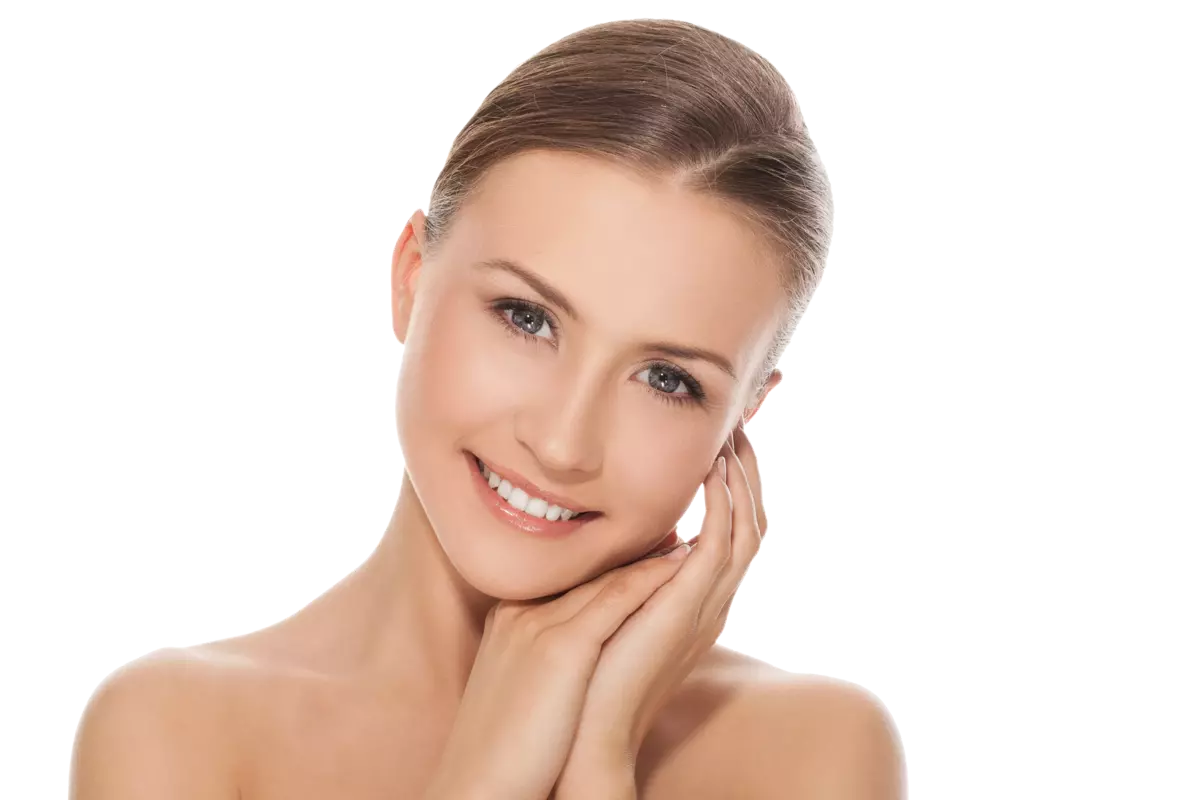For which skin types is diamond microdermabrasion recommended?
For Which Skin Types Is Diamond Microdermabrasion Recommended?
Diamond microdermabrasion is one of the most popular cosmetic treatments. It involves the controlled, mechanical exfoliation of dead skin cells using heads coated with diamond microcrystals. This method is both safe and effective, aiming to improve skin condition, smooth its surface, and stimulate natural regeneration processes. However, to achieve the desired results without the risk of irritation, the treatment should be tailored to the skin type.
1. Oily and Combination Skin Prone to Impurities
Diamond microdermabrasion is particularly recommended for individuals with oily or combination skin, who often struggle with excessive sebum production, enlarged pores, and a tendency to develop blackheads. The procedure effectively removes dead skin cells and cleanses the pores, reducing the risk of new impurities. Regular treatments can also help regulate the activity of sebaceous glands, leading to reduced oil production and less shine on the skin.
2. Thick, Damaged, and Dull Skin
People with thick, tired, and dull skin can greatly benefit from microdermabrasion. The treatment helps smooth the skin’s surface, remove dead skin cells, and improve microcirculation, resulting in a healthy, radiant appearance. Increased blood flow helps the skin become more oxygenated, better hydrated, and nourished.
3. Skin with Pigmentation (e.g., Sunspots or Hormonal Discoloration)
Microdermabrasion is also recommended for skin with pigmentation issues, such as sunspots, post-acne discoloration, or melasma. Regular exfoliation helps gradually lighten pigmentation spots and even out the skin tone. However, for deeper pigmentation, microdermabrasion may be complemented by other treatments, such as chemical peels or laser therapy.
4. Dry and Dehydrated Skin
Although it may seem that microdermabrasion is not suitable for dry skin, it can actually offer many benefits. Removing dead skin cells allows for better absorption of active ingredients from moisturizing and regenerating skincare products. The skin becomes smoother, and its hydrolipid barrier can be restored with appropriate aftercare. However, the procedure should be performed with caution to prevent excessive dryness.
5. Skin with Acne Scars and Fine Lines
Diamond microdermabrasion can also help reduce minor acne scars and surface-level fine lines. The mechanical exfoliation stimulates the skin’s regeneration, boosting collagen and elastin production, which improves skin firmness and elasticity.
6. Skin Prone to Keratosis and Irregularities
The treatment is also recommended for individuals dealing with excessive keratinization of the skin and an uneven texture. Microdermabrasion helps smooth the skin’s surface, making it softer and more even to the touch.
Contraindications for Diamond Microdermabrasion
Although microdermabrasion is a safe procedure, certain conditions may exclude individuals from undergoing the treatment. These include:
- active inflammatory skin conditions, such as severe cystic acne,
- bacterial, viral (e.g., herpes), or fungal infections,
- fresh scars and skin injuries,
- a tendency to develop keloid scars,
- skin cancer or other serious dermatological conditions.
How to Prepare for the Procedure?
Before undergoing microdermabrasion, it is recommended to avoid using harsh skincare products (e.g., those containing acids) for a few days. You should also refrain from sun exposure and tanning bed sessions to minimize the risk of irritation.
Diamond microdermabrasion is a versatile treatment suitable for various skin types, including oily, combination, dry, and pigmented skin. This procedure offers benefits such as deep cleansing, regulation of sebum production, and improvement in skin texture and tone. To achieve the best results, it is advisable to consult a cosmetologist who can adjust the treatment’s intensity and frequency according to the skin’s needs.
Compendium of knowledge about Microdermabrasion
- For which skin types is diamond microdermabrasion recommended?
- What to pay attention to after performing microdermabrasion?
- How long does the face, neck and cleavage microdermabrasion treatment take?
- What intervals should be kept between subsequent microdermabrasion treatments?
- How long should the series of microdermabrasion treatments be performed to achieve the intended results?
- Can microdermabrasion be performed in the summer on tanned skin?
- Can I do microdermabrasion with cold sores?
- Is diamond microdermabrasion suitable for couperose skin?
- Does microdermabrasion cause skin peeling a few days after the visit?
- What are the advantages and disadvantages of microdermabrasion compared to cavitation peeling?
- What are the advantages and disadvantages of microdermabrasion compared to oxybrasion?
- What are the advantages and disadvantages of microdermabrasion compared to hydrogen cleansing?
- Can microdermabrasion be performed on acne skin?
- How to take care of the skin a few hours after the treatment?
- Is microdermabrasion a popular procedure in beauty salons?
